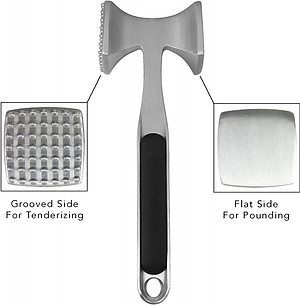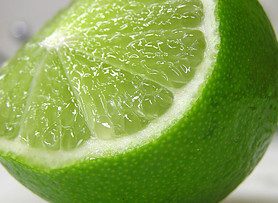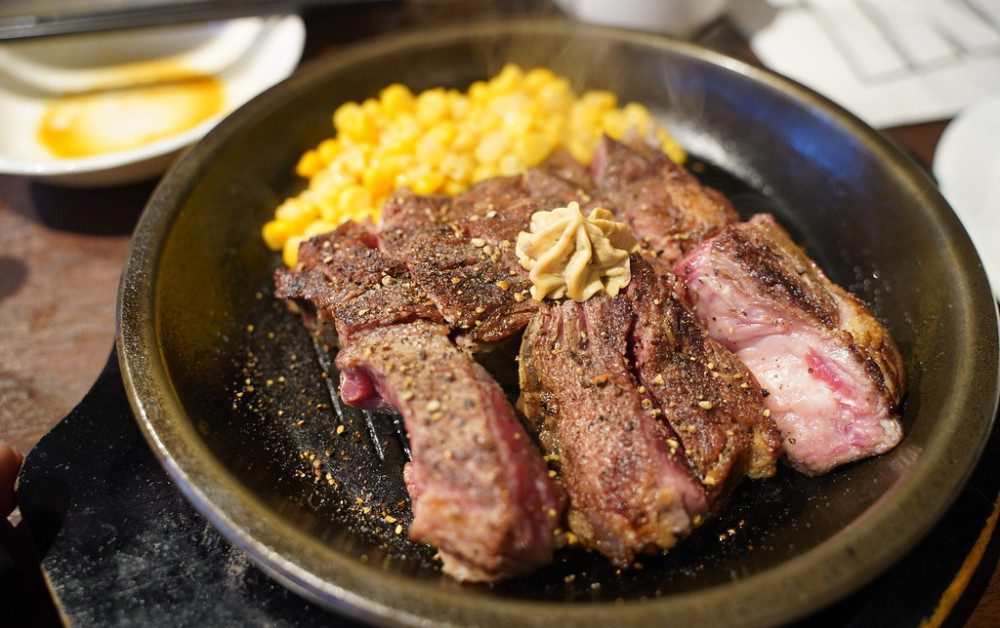Have you wanted to know, as I have, “How do I sear chuck steak so it’s tender?”
Chuck steak is naturally a tougher cut of meat because of the section of the cow it comes from, but it is also more economical.
So, if there is a way to make it tender, why spend the extra money on an expensive cut or do without?
But first, you would like to know if it’s possible.
Let’s find out.
Table of Contents
How Do I Sear Chuck Steak So It’s Tender?
Searing a chuck steak so it’s tender is a matter of tenderizing the meat before you cook it. There are four primary ways to tenderize beef: physically, using a tenderizing tool, a meat tenderizer with an enzymatic ingredient such as Bromelain, or marinating your steak with an acidic substance like lime juice or vinegar. You can also use coarse salt.
Affiliate Disclosure: I am a participant in the Amazon Services LLC Associates Program. If you make a purchase using the affiliate link below, I receive a small commission.
1. Use a Tenderizing Tool

There are four primary types of tenderizing tools: the meat mallet, the needle meat tenderizer, a manual meat tenderizing machine, or for a lot more money, the commercial meat tenderizer.
The meat mallet and the needle meat tenderizer are by far the most common ways to tenderize your meat manually.
I use the KitchenAid Gourmet Meat Tenderizer, which is a stainless steel mallet. One side is textured for tenderizing, and the other side is smooth for pounding (see photo).
A meat hammer, as I like to call it, is a tool I use often.
You can read my review here.
2. With an Active Enzyme
Just as there are tools you can physically use to tenderize your chuck steak, you can also use a store-bought product that contains an enzyme.
Three enzymes that are mainly known for tenderizing are Bromelain, Papain, and Ficin.
Bromelain comes from the fruit or stem of the pineapple.
Papain is found in papaya.
And Ficin comes from figs.
I use Adolph’s Unseasoned Meat Tenderizer, which contains the enzyme Bromelain. If you are interested in knowing more about this product, you can click on the link to read my review.
3. Marinating in Acidic Liquid

A third way of making your chuck steak tender is marinating.
There are all types of marinades, from store-bought packages to homemade recipes. What do many of them have in common? They use an acidic substance as part of the marinade.
Some examples of acidic foods are citrus fruits and juices, apple cider vinegar, tomato juice, yogurt, wine, buttermilk, soy sauce, and Thai fish sauce.
I rarely marinate because it seems like too much work, and I don’t notice enough improvement in flavor. On the other hand, if I tried some different recipes, maybe I would find one that changed my mind.
I found an article by The Culinary Pro to be informative, and it’s called Marinades. It doesn’t give specific recipes but has lots of ideas and ratios for making your own.
Definitely check it out if you are looking to marinate your chuck steak.
The article also said something I found interesting:
Dairy-based marinades, such as buttermilk or yogurt, are the only marinades that truly tenderize. The mild acids in these products don’t toughen meats, the way citrus or vinegar marinades do. Calcium, a key ingredient in dairy products, activates enzymes in the meat to break down proteins, similar to the way aged meats become tender.
Steak in Yogurt Marinade
Salt
When using coarse sea or kosher salt to tenderize your chuck steak, you will need a little more than an hour.
A good measurement for how much salt to use is 1/4 teaspoon per inch of steak thickness.
Cover both sides of the steak and let it sit for 5 minutes, then loosely cover the plate with plastic wrap and put it in the refrigerator for an hour.
After the hour, take the plastic wrap off, and you should find the salt has drawn out quite a bit of water. That is what you want to happen.
Especially when searing, the less moisture in the steak, the better the sear. So, make sure you dry off all the water before cooking.
Some people recommend you wash off the salt before drying, but others say it’s not necessary. You decide.
The salt also causes the muscle fibers to swell and separate from one another. This process is known as depolymerization or the meat breaking down.
And that is how the salt makes the meat tender.
For a simpler way, you could salt your meat at least 40 minutes before cooking and let it sit out.
Other than drying off the meat, you are good to go.
My Experiment
In my research, I came across an article by Discover Express Kids, called The Science of Meat Tenderizer: How Do Enzymes Work? Within the post was an experiment they encouraged the kids to try.
Don’t judge.
You can learn a lot by reading what’s written for kids.
Plus, the experiment was interesting.
The goal was to tenderize six pieces of steak using various methods and determine which tenderizer was the most effective.
Here is what happened:
Tenderizing the Steaks
- I had eight small chuck steaks, so I cut three of them in half, giving me six steaks for my experiment. And leaving five for something else.
- Next, I found six containers and labeled each one: yogurt, meat tenderizer, meat hammer, baking soda, vinegar, and nothing.
- After that, I tenderized each piece of meat using the different methods named and placed each piece in a separate container. I put each container in the refrigerator for 24 hours.
Cooking the Steaks
- After 24 hours, I took the six containers out of the refrigerator and got ready to cook them.
- First, I let the steaks sit out while I got organized. I didn’t want to mix up the steaks and get the wrong results.
- Second, I preheated my cast iron skillet on medium while I dried off each piece of meat and put coarse kosher salt and cracked pepper on each steak.
- When my skillet was ready, I added enough avodado oil to cover the bottom of the pan. I then added the steaks, making sure I put them in the correct order to avoid losing track of how I tenderized each one.
- Since I wanted to cook each steak on all sides and medium-rare, it was a bit tricky, but I think I succeeded.
- Normally, when I sear steaks, I add butter at the end because it tastes so so good, but I decided to skip this step for this experiment.
- When I removed each steak from the pan, I was careful to keep them in the same order as I had cooked them. Since my husband was to be the taste tester, I didn’t want him to know ahead of time how I had tenderized each steak, so I kept the labels out of sight. I wish I had put each steak on a separate plate with the label underneath. But I was convinced I didn’t make any mistakes.
- Now it was time to let the steaks rest and to find my husband.
Eating the Steaks
As my husband sampled each steak, and I recorded his impressions. Then I also tried each steak and wrote down what I thought.
Below are the results:
Yogurt – we both agreed the steak was chewy and a bit tough
Meat Tenderizer – we both agreed it was tender
Nothing – hubby thought it was tender, but I said chewy, but not tough
Meat Hammer – we both agreed it was tender
Baking Soda – hubby said tough and tasted like fish (he didn’t like it), but I thought it was tender enough
Apple Cider Vinegar – hubby thought tender, but I said tender, and a bit chewy.
A Few Notes
- I don’t like my steak medium-rare, so none of them tasted that good to me. Instead, I made them with my husband in mind because he was my primary taste tester.
- I didn’t find any of them particularly juicy, but none of them were dry.
- They all would have tasted better with butter, lol
- Is it possible I mixed up the steak tenderized with yogurt and the one with nothing done to it?
- Most surprising to me was that the steak with no tenderization wasn’t noticeably tough (unless I did get the two steaks mixed up)
- The other unexpected outcome was the steak with meat tenderizer powder (Adolph’s) wasn’t mushy. Many people said it would turn mushy if you left the tenderizer on for more than a few minutes (did refrigeration keep it from being that way?)
- I didn’t tenderize with salt because it wasn’t part of the experiment, but just so you know, some people think salt is the best way.
Final Thoughts
So, how do I sear chuck steak so it’s tender?
We talked about four primary ways.
You can tenderizer your steak physically using a tool or use a powder with an enzyme in it.
Though there are enzymatic marinades, many marinades use something acidic to tenderize.
Both enzymes and acid break down the meat.
But so does salt, the fourth way.
I probably didn’t cover every way, but hopefully, one of these four ways will work for you.
If you try tenderizing your meat using one of the above ways, I would love to hear how it went.
Just leave a comment below.

